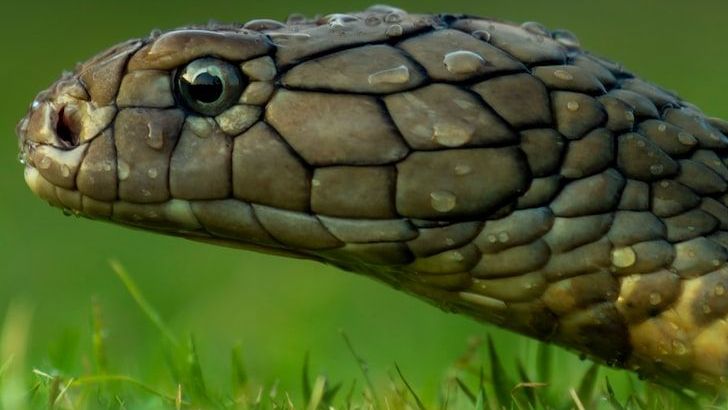- Why Scientists Track Atmospheric Carbon With Giant Towers - October 7, 2025
- The Link Between Melting Ice and Rising Sea Levels Explained - October 6, 2025
- How Ocean Currents Help Regulate Global Climate - October 5, 2025
Inland Taipan – The Undisputed Champion of Venom
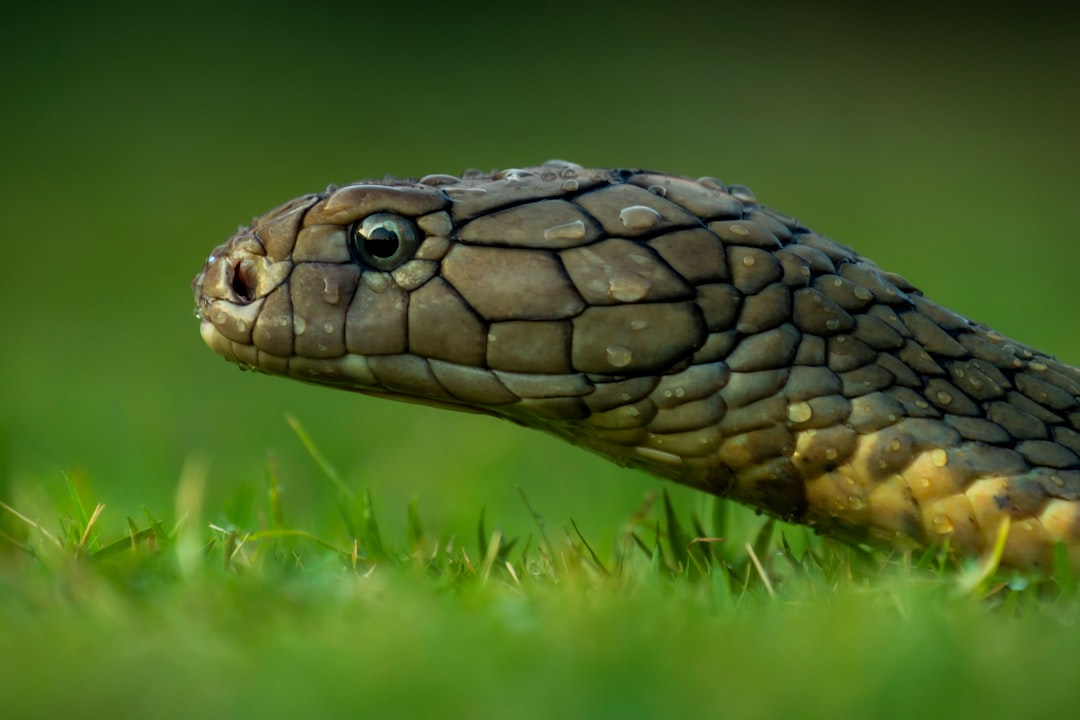
The inland taipan stands alone at the top of the venom toxicity ladder, and for good reason. With a median lethal dose (LD50) of just 0.025 mg/kg in subcutaneous tests on mice, it has the most toxic venom of any land snake in the world. One bite contains enough lethality to kill 100 adult humans, making it roughly fifty times more toxic than an Indian cobra’s venom. What makes this Australian native even more fearsome is its venom composition.
The venom contains neurotoxins like paradoxin (PDX), which appears to be one of the most potent beta-neurotoxins yet discovered. As well as being strongly neurotoxic, the venom contains a ‘spreading factor’ (hyaluronidase enzyme) that increases the rate of absorption. Despite being the world’s most venomous snake, it is a shy species and rarely strikes, and has not caused any known human fatalities.
Eastern Brown Snake – Australia’s Deadly Neighborhood Menace
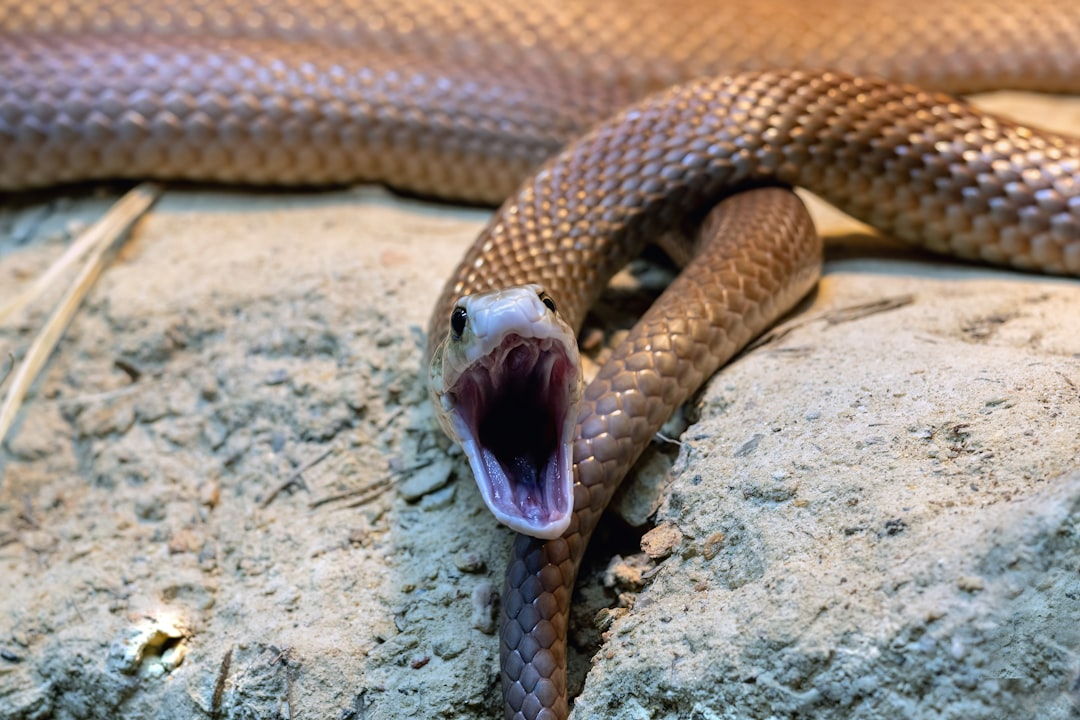
Don’t let the inland taipan’s remote location fool you into thinking Australia’s dangerous snakes are all hidden away. The eastern brown snake brings serious venom toxicity right to your doorstep. This species is highly adaptable, inhabiting everything from grasslands and forests to urban areas, and its venom is highly toxic and fast-acting, causing progressive paralysis and uncontrollable bleeding.
“They’re the only snakes in the world that regularly kill people in under 15 minutes,” according to venom researcher Bryan Fry from the University of Queensland, who noted that “for the first 13 minutes, you’re going to feel fine”. They generally hunt during the day and are often found in the suburbs of cities and large towns, putting them in close contact with humans, with many bites resulting from people trying to kill them.
Coastal Taipan – The Aggressive Cousin
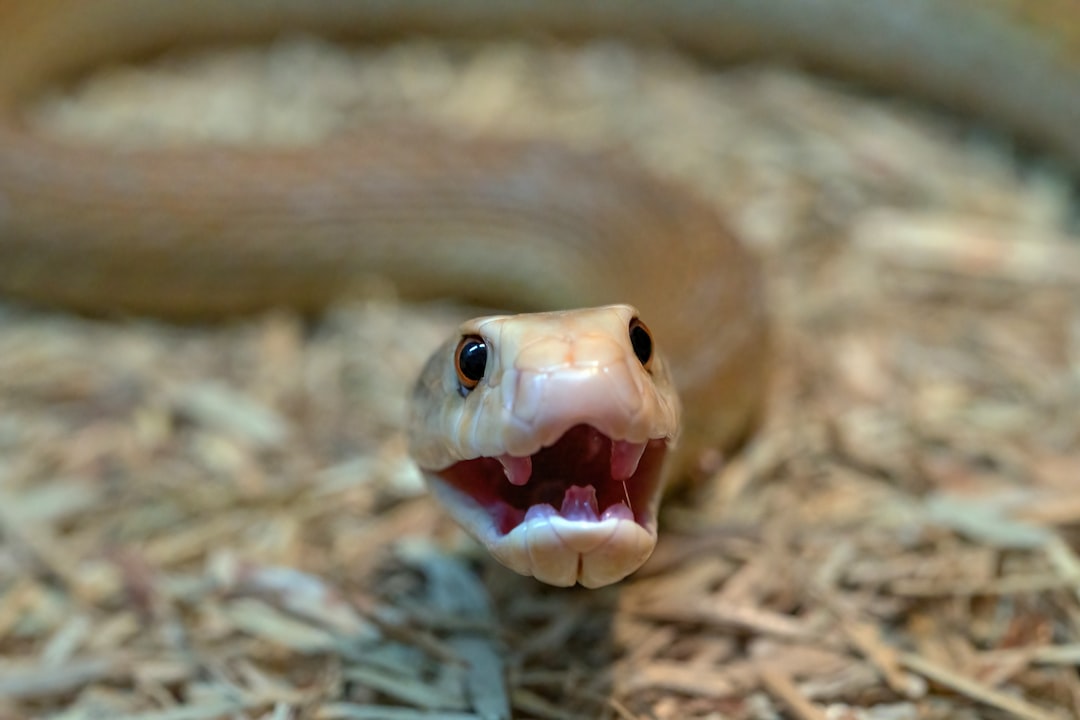
The coastal taipan is one of the largest venomous snakes in Australia and has the third most toxic of all snake venoms in the world, residing in coastal regions and hinterlands where it hunts for small mammals and birds. According to most toxicological studies, this species is the third-most venomous land snake in the world after the inland taipan and eastern brown snake.
Prior to the introduction of specific antivenom in 1956, a coastal taipan bite was nearly always fatal, with the mortality rate among untreated bite victims being nearly 100%. The envenomation rate is very high: over 80% of bites inject venom. The muscular lightweight body allows it to hurl itself forwards or sideways and reach high off the ground, with such speed that a person may be bitten several times before realizing the snake is there.
Black Mamba – Africa’s Speed Demon
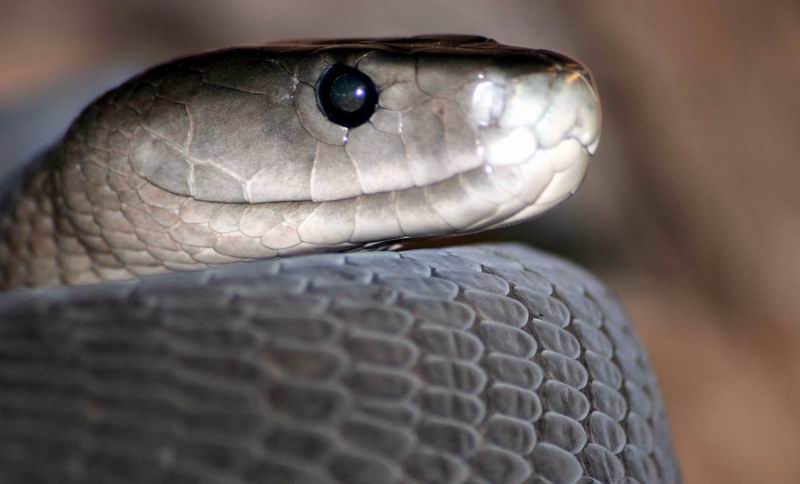
The black mamba has earned its fearsome reputation through a deadly combination of factors that make it arguably more dangerous than even more venomous species. It is the second longest venomous snake species in the world and is the fastest moving land snake, capable of moving at 16-20 km/h, and is classified as a snake of medical importance by the World Health Organization due to its size, aggression, venom toxicity and speed of onset of symptoms.
They have up to a 100% rate of envenomation with almost no dry bites, and their venom is the most rapid-acting of any snake species, consisting mainly of highly potent neurotoxins along with cardiotoxins, fasciculins, and calciseptine. In case studies, respiratory paralysis has occurred in less than 15 minutes, and even with antivenom treatment, mortality is still at 14%.
Many-Banded Krait – Asia’s Silent Killer
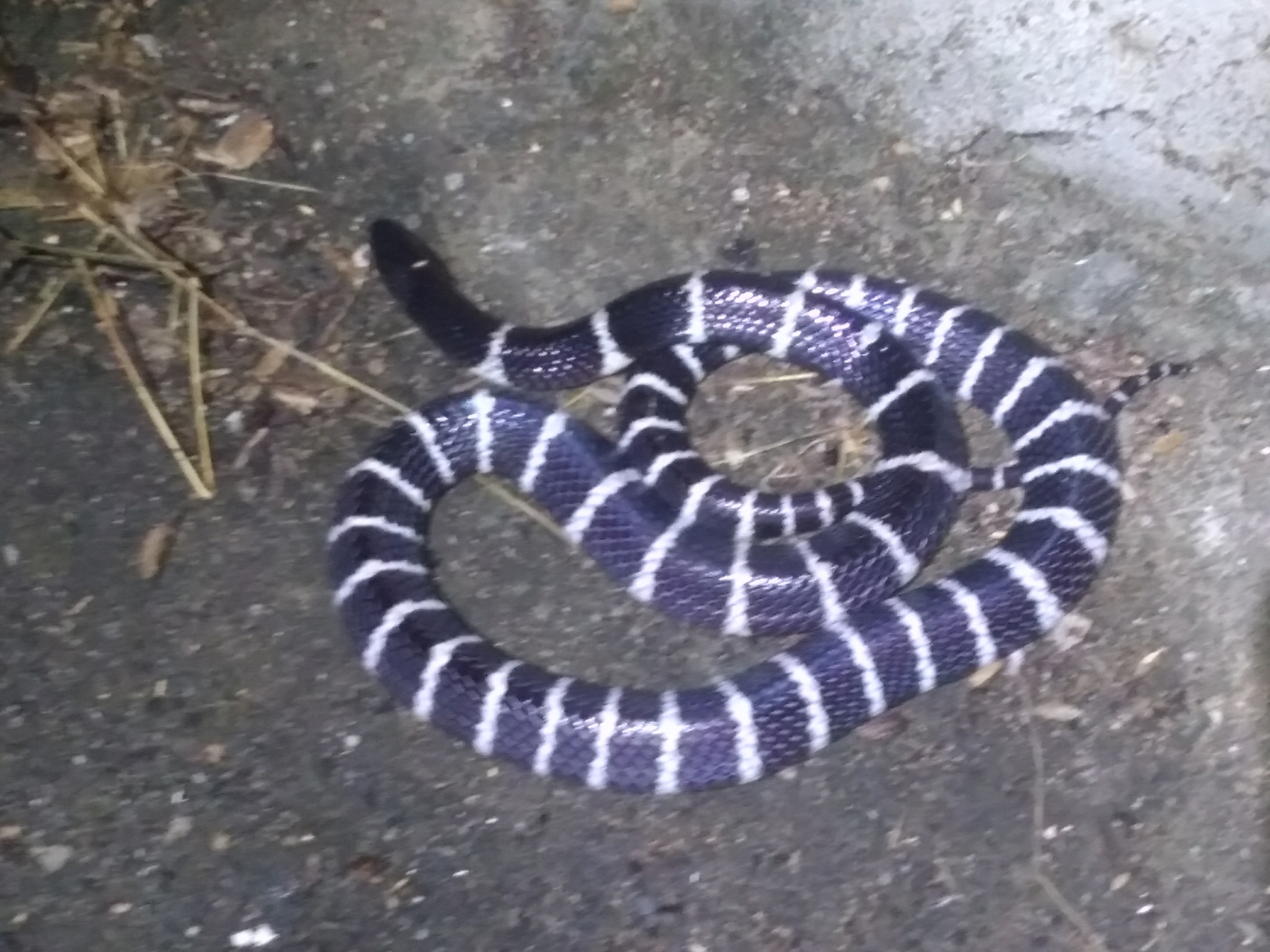
The many-banded krait has venom that is possibly the most toxic of any krait species and possibly the most toxic of any snake species in Asia, with LD50 values of 0.09-0.108 mg/kg, making it among the most venomous land snakes in the world. The Taiwan National Poison Control Center reports that 80% of snakebite deaths from respiratory failure during 2002-2012 were caused by bites from the many-banded krait.
Found in Southeast Asia and southern China, this highly venomous snake is responsible for many fatal snake bites and is most active at night, often encountered in residential areas, with venom containing potent neurotoxins that can cause paralysis and respiratory failure. Despite its lethality, the many-banded krait is generally shy and avoids confrontation with humans.
Saw-Scaled Viper – The World’s Deadliest by Body Count

While not the most venomous snake, the saw-scaled viper claims the grim title of causing more human deaths than any other snake species. Scientists believe it to be responsible for more human deaths than all other snake species combined. This particularly aggressive species found in the Middle East and central Asia is responsible for an estimated 5,000 human fatalities per year in India alone.
Its venom is lethal in less than 10 percent of untreated victims, but the snake’s aggressiveness means it bites early and often. A single bite can cause internal bleeding and ultimately acute kidney failure, and this snake’s warning is described as a “sizzle” rather than a “hiss,” created by sawing its serrated scales together.
King Cobra – The Intelligent Giant
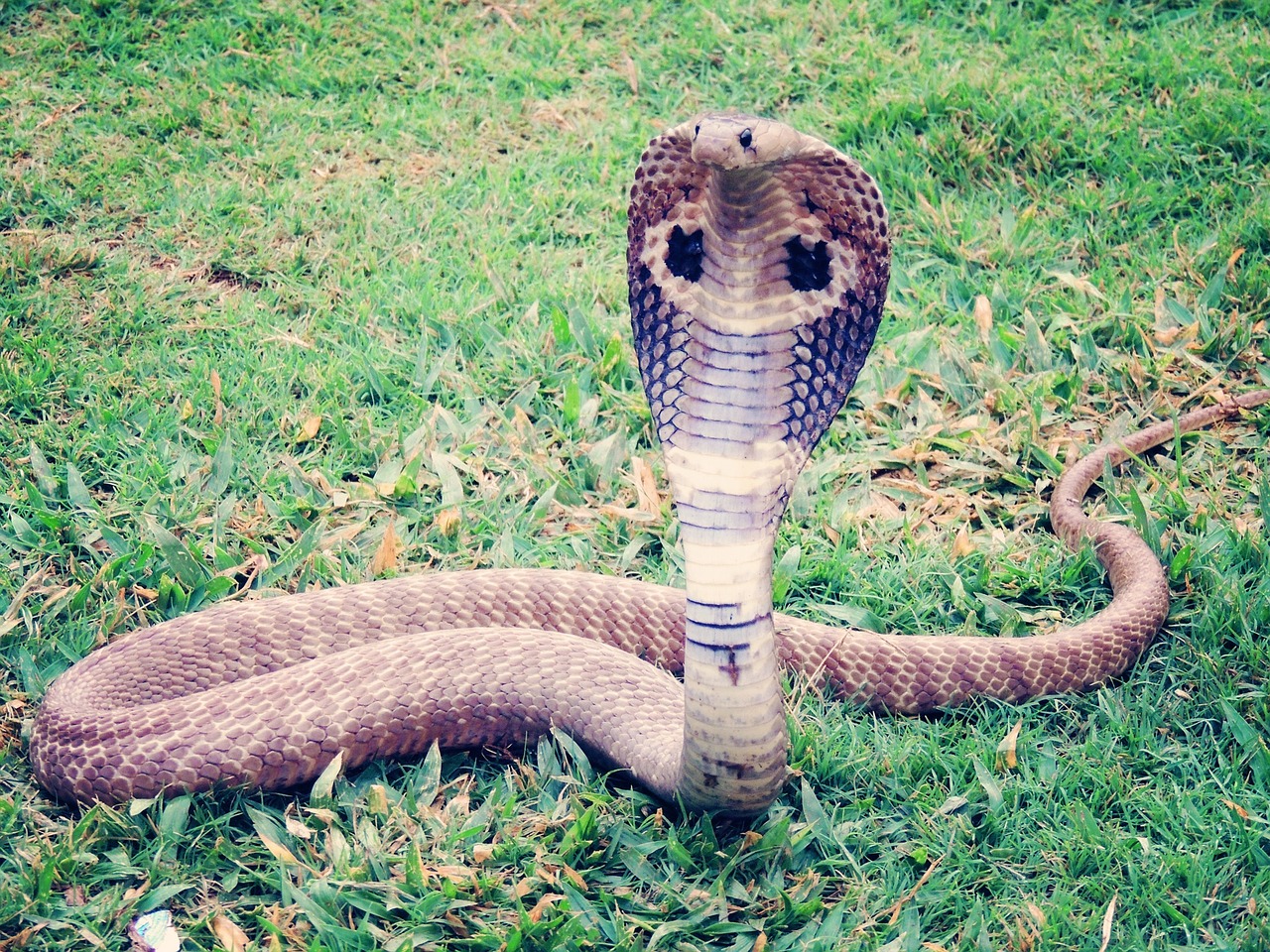
The king cobra is the longest venomous snake in the world, and while its venom isn’t the most toxic per milligram, the sheer volume it can deliver makes it incredibly dangerous. It injects an average of 400-1000 mg per bite, with venom potent enough to kill approximately 11 people in one bite, and research suggests bites can kill a person in as little as 30 minutes.
This snake has a paralyzing venom, powerful enough to kill an elephant within three hours. The king cobra is considered the most intelligent snake on the planet, with memory to some extent, and can control the amount of venom they inject each time. The King Cobra is listed as Vulnerable by the IUCN, primarily threatened by habitat destruction and the illegal wildlife trade.
Tiger Snake – Australia’s Aggressive Biter
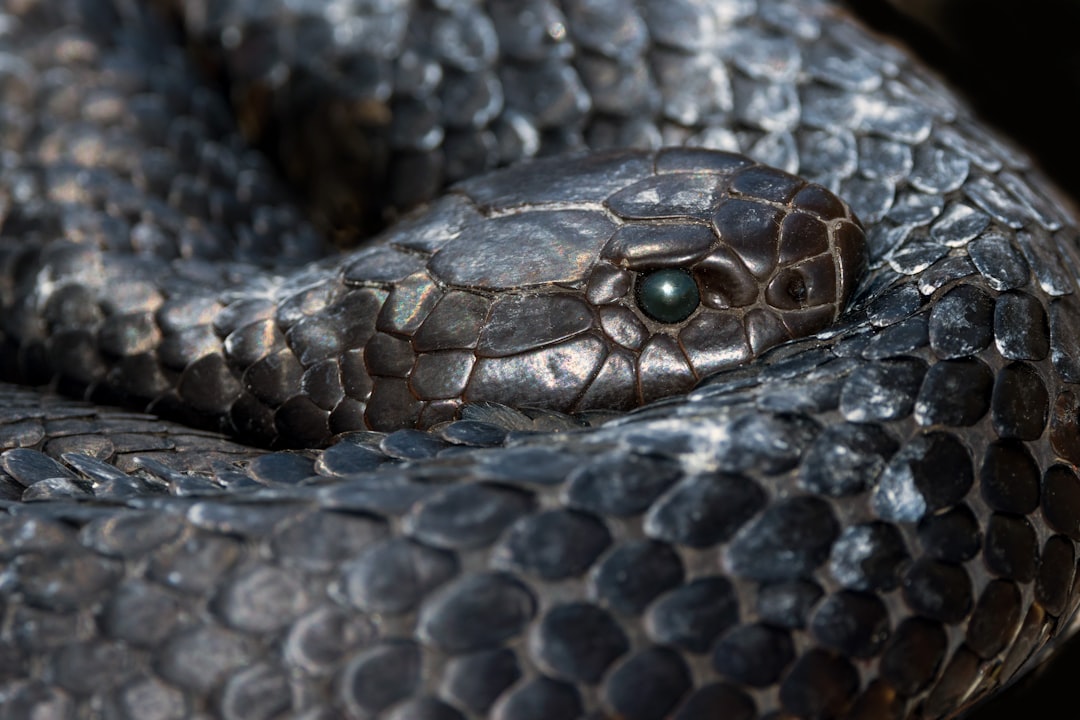
About three feet in length, Tiger Snakes have a series of dark brown or yellow-brown bands across their bodies with a light underbelly, and are highly venomous with 3-5mm-long fangs that deliver venom into their prey. The Tiger Snake is by far the most aggressive of the Australian snakes and is the only one that will actually come after you.
Tiger Snakes are found across the south-eastern coast of Australia, often near creeks, rivers, or swamps, and play an important role in the environment by helping to control prey populations, including rats and mice. It’s a more dangerous, if less venomous, snake than the Taipan due to its aggressive nature and willingness to attack.
Banded Krait – The Paralyzing Phantom

The banded krait is a highly venomous relative of the cobra, with venom that is essentially a neurotoxin that induces paralysis. Boldly colored in bands of black and white or black and yellow, this highly venomous snake is related to the cobra and found across Thailand and most of Asia, with venom containing neurotoxins that cause paralysis.
What makes the banded krait particularly dangerous is its hunting behavior and the nature of its venom. The neurotoxic effects can shut down the nervous system systematically, leading to respiratory failure if left untreated. Despite being highly venomous, encounters with humans are less frequent due to their primarily nocturnal habits.
Boomslang – The Bleeding Death
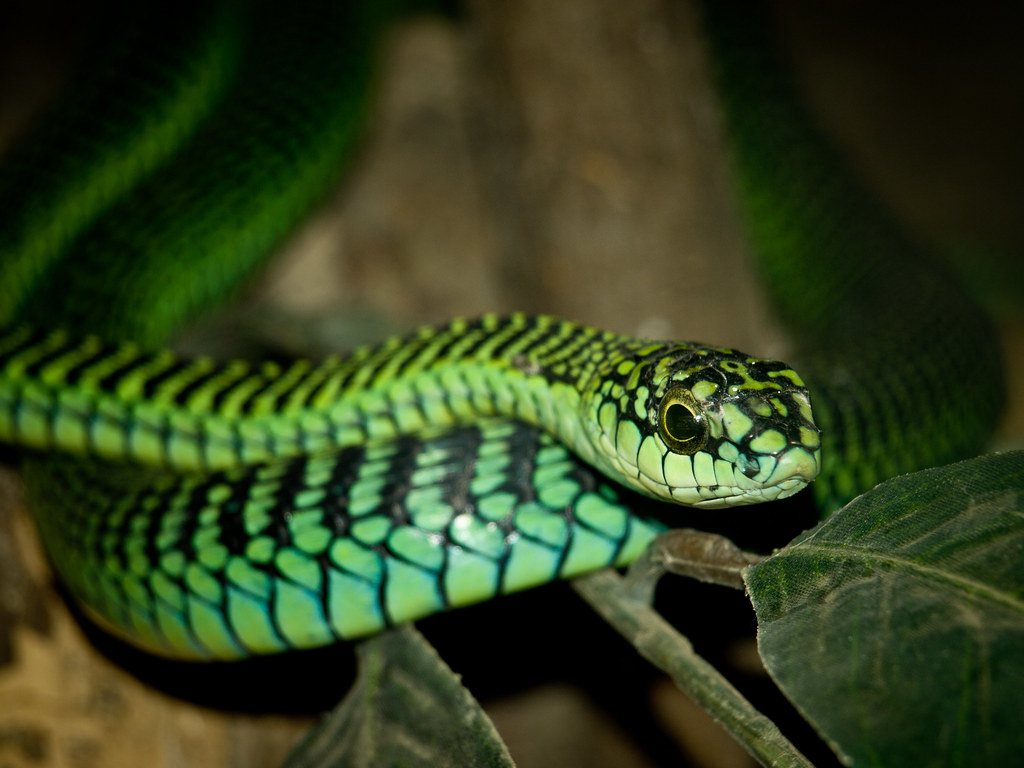
The boomslang hunts by extending the forward part of its body motionless from a tree, its form mimicking a branch, and as a rear-fanged snake, it delivers its venom by chewing on its victim until the victim succumbs to the toxins. The Boomslang’s venom causes hemorrhages and can be fatal to humans even in small doses.
These snakes are so feared in Africa that people avoid standing under trees, and they will make you bleed from every hole in your body. The boomslang’s unique hunting technique involves incredible patience and camouflage, making it a master of ambush attacks that can catch prey completely off guard.
Russell’s Viper – The Regional Killer
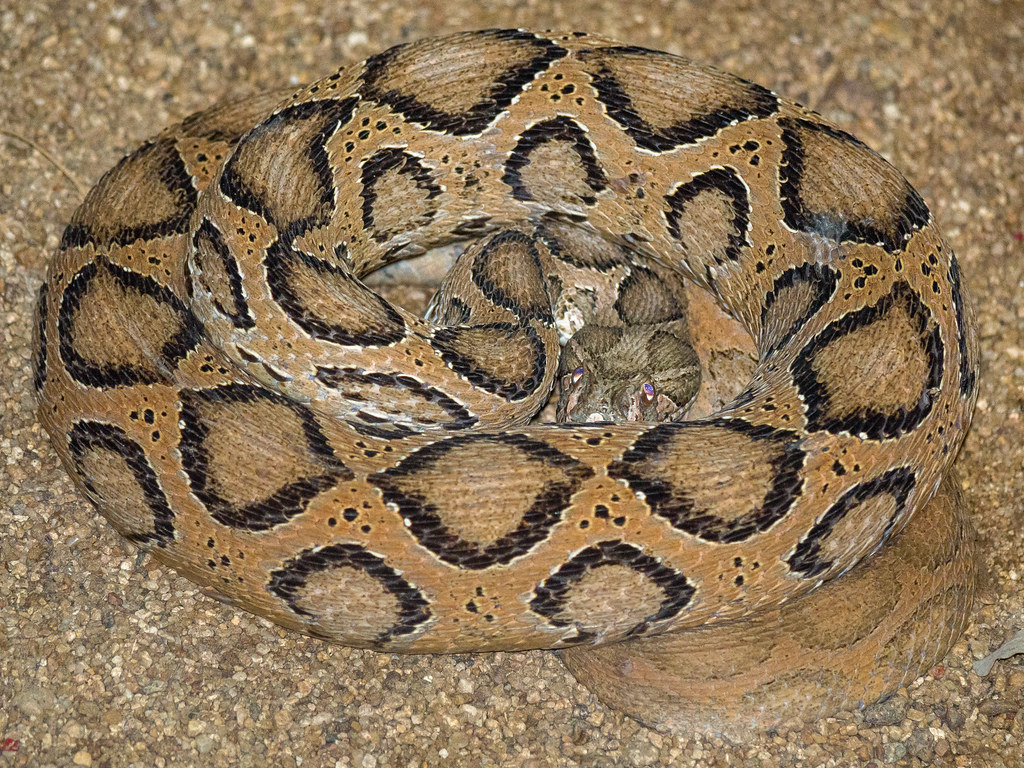
The Russell’s Viper kills tens of thousands of people and is one of, if not the, deadliest snakes known to man, being common in India and one of the Big Four – the four snakes causing the most snakebite deaths in South Asia. The Big Four are responsible for causing the most snake bite cases in South Asia, including the Indian cobra, common krait, Russell’s viper and the saw-scaled viper.
This snake is very aggressive and will do a lot of damage to your body. The Russell’s viper represents a perfect storm of factors that make a snake dangerous to humans: highly toxic venom, aggressive behavior, large size, and most critically, it lives in areas with high human population density.
Fer-de-Lance – Central America’s Terror
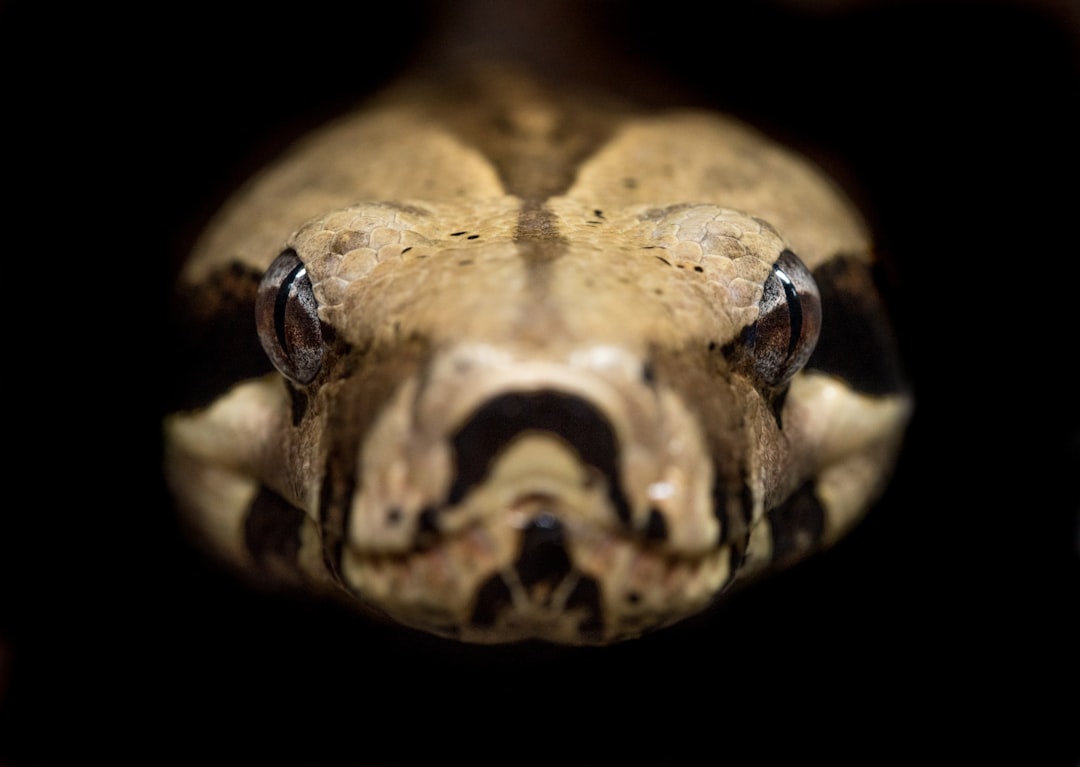
Dubbed the “ultimate pit viper”, the fer-de-lance injects a high amount of venom using its huge size and fang length, and is located in South and Central America along with Mexico and Brazil as one of the most dangerous pit vipers. Reaching lengths of 8 feet and weighing 10-13 pounds, this snake exists in many populated regions, and depending on the species, bites with an average of 500-1500 mg of venom in a single bite, capable of killing an average of 6 people.
A bite from a fer-de-lance can turn a person’s body tissue black as it begins to die. The venom of the terciopelo, the fer-de-lance of Central America is necrotizing, painful, and often deadly. The combination of tissue-destroying venom and the snake’s size makes encounters particularly devastating.
The world of venomous snakes represents nature’s most efficient chemical warfare system, with each species having evolved its own deadly cocktail over millions of years. While the inland taipan holds the crown for pure toxicity, factors like aggression, habitat overlap with humans, and venom delivery efficiency determine which snakes pose the greatest real-world threat. The next time you hear about these serpentine assassins, you’ll know that sometimes the quietest ones pack the deadliest punch.
Why These Rankings Matter More Than You Think
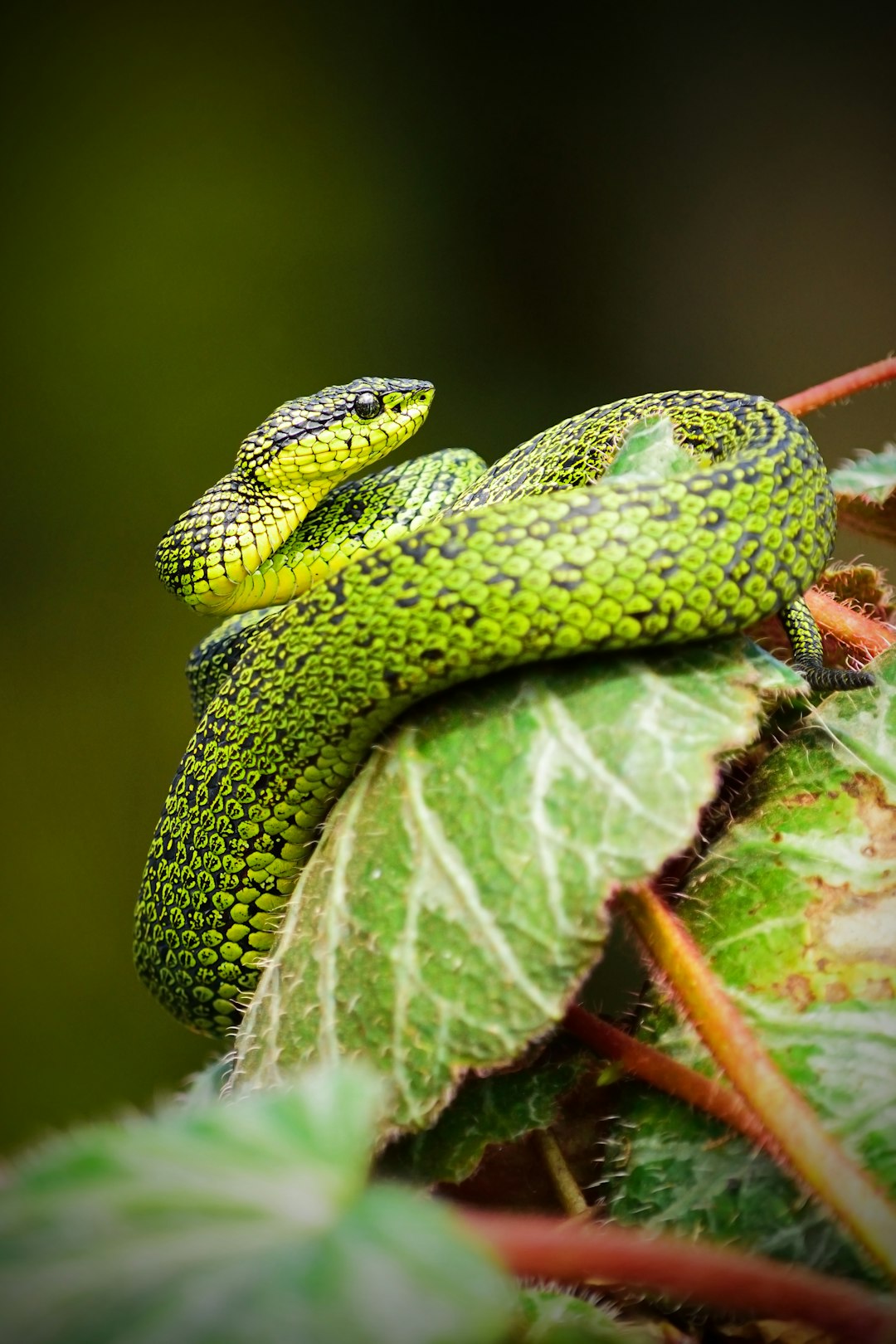
Here’s something that might surprise you – most people who get bitten by venomous snakes aren’t hikers or adventurers, they’re farmers, children playing in their backyards, or folks just going about their daily lives. That’s why understanding these rankings isn’t just fascinating trivia – it’s literally life-saving information for millions of people worldwide. The World Health Organization estimates that snakebites kill between 81,000 to 138,000 people annually, with three times that number suffering permanent disabilities like amputations or blindness. What’s really shocking is that many of these deaths happen not because of the most venomous species, but because of the most common ones that live closest to human settlements. A bite from a relatively ‘mild’ venomous snake can still be fatal if you’re hours away from medical help, while a bite from the world’s deadliest snake might be survivable if you’re near a hospital with the right antivenom. It’s this cruel irony that makes geographic location and access to healthcare just as important as venom potency when it comes to actual survival rates.
The Antivenom Race Against Time

When someone gets bitten by a venomous snake, there’s a terrifying countdown that begins immediately – and most people have no idea how little time they actually have. For some of the deadliest species we’ve covered, like the Black Mamba, you might have as little as 20 minutes before respiratory failure sets in, while others like the Boomslang can give you a false sense of security with symptoms that don’t appear for hours. Here’s what’s really maddening though – we have incredibly effective antivenoms for most of these snakes, but they’re often sitting in hospitals hundreds of miles away from where people actually get bitten. The cruel reality is that antivenom costs between $1,000 to $10,000 per vial in many countries, and you typically need multiple vials to neutralize a serious bite. Even worse, many antivenoms have to be kept refrigerated and have short shelf lives, making it nearly impossible for rural clinics in snake-heavy regions to stock them. It’s like having a fire extinguisher that only works if you can drive to the fire station first – by the time you get there, it’s often too late.

